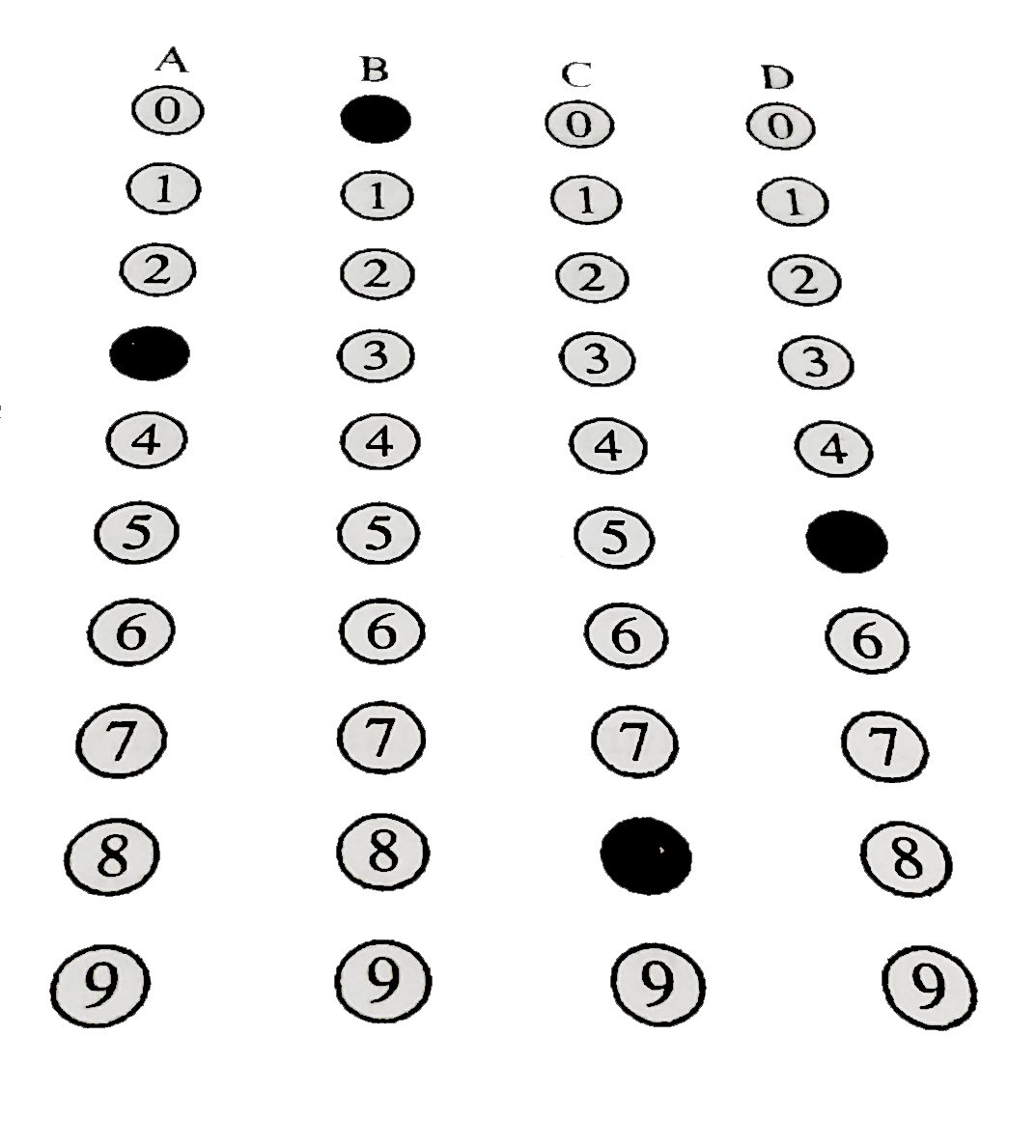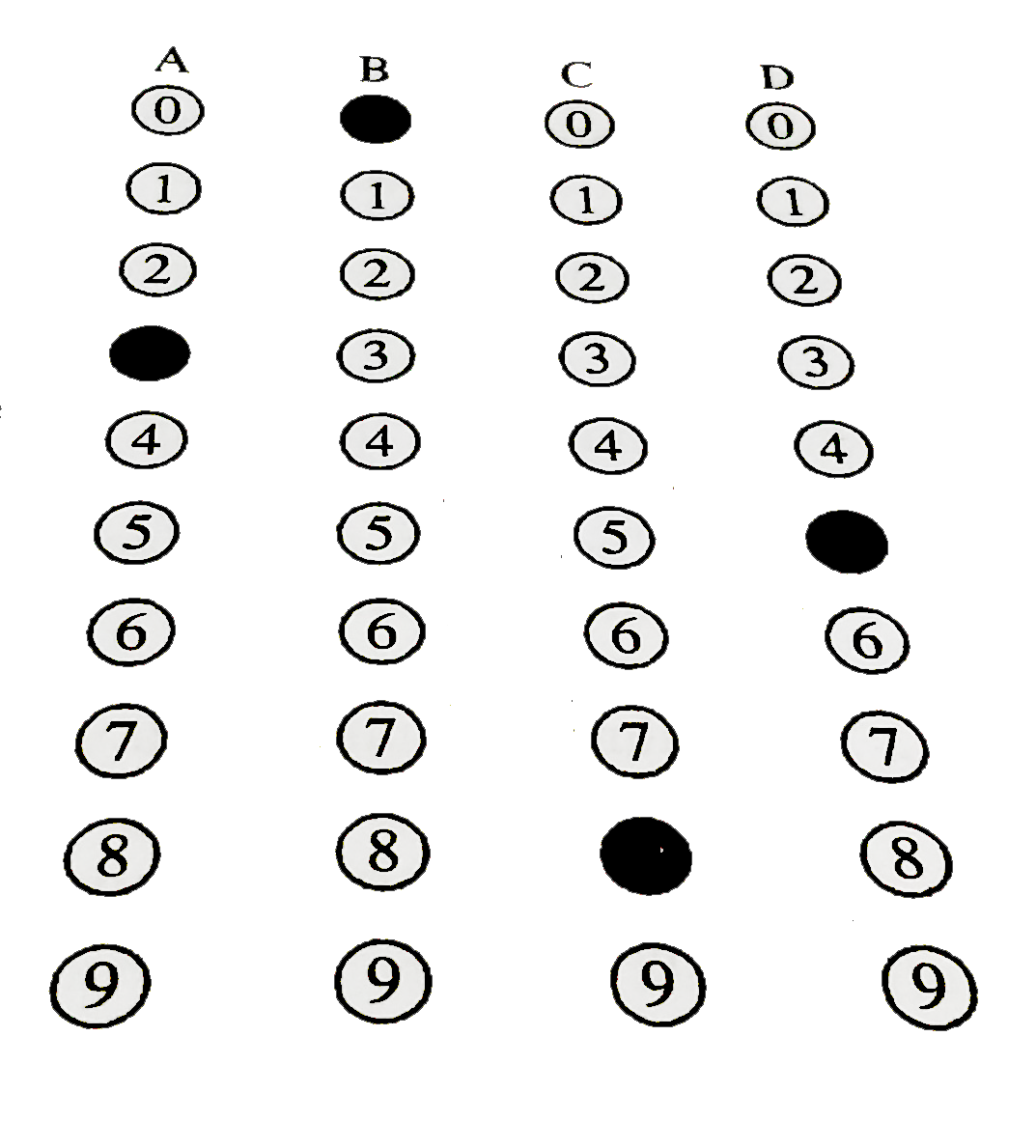Amongst the following the metals which are roasted to convert them into their correspondign metal oxides are : Zinc blende, iron pyrits, alumina , calamine, copper pyrites, galena , pyrolusite, malachite.
To determine which metals are roasted to convert them into their corresponding metal oxides from the given list, we need to analyze each mineral and identify if they contain sulfides, as roasting is typically applied to sulfide ores.
1. Identify the Minerals:
- Zinc Blende (ZnS)
- Iron Pyrite (FeS2)
- Alumina (Al2O3)
- Calamine (ZnCO3)
- Copper Pyrites (CuFeS2)
- Galena (PbS)
- Pyrolusite (MnO2)
- Malachite (CuCO3·Cu(OH)2)
2. Check for Sulfide Ores:
- Roasting is primarily used for sulfide ores to convert them into oxides.
- Zinc Blende (ZnS): This is a sulfide ore. It can be roasted to form zinc oxide (ZnO).
- Iron Pyrite (FeS2): This is also a sulfide ore. It can be roasted to form iron oxide (Fe2O3).
- Alumina (Al2O3): This is an oxide, not a sulfide, so it does not undergo roasting.
- Calamine (ZnCO3): This is a carbonate, and it undergoes calcination, not roasting.
- Copper Pyrites (CuFeS2): This is a sulfide ore. It can be roasted to form copper and iron oxides.
- Galena (PbS): This is a sulfide ore. It can be roasted to form lead oxide (PbO).
- Pyrolusite (MnO2): This is an oxide, not a sulfide, so it does not undergo roasting.
- Malachite (CuCO3·Cu(OH)2): This is a carbonate, and it undergoes calcination, not roasting.
3. List the Metals that are Roasted:
- From the analysis, the minerals that are roasted to convert them into their corresponding metal oxides are:
- Zinc Blende (ZnS)
- Iron Pyrite (FeS2)
- Copper Pyrites (CuFeS2)
- Galena (PbS)
Final Answer:
The metals that are roasted to convert them into their corresponding metal oxides are:
- Zinc Blende (ZnS)
- Iron Pyrite (FeS2)
- Copper Pyrites (CuFeS2)
- Galena (PbS)
- Zinc Blende (ZnS)
- Iron Pyrite (FeS2)
- Alumina (Al2O3)
- Calamine (ZnCO3)
- Copper Pyrites (CuFeS2)
- Galena (PbS)
- Pyrolusite (MnO2)
- Malachite (CuCO3·Cu(OH)2)
- Roasting is primarily used for sulfide ores to convert them into oxides.
- Zinc Blende (ZnS): This is a sulfide ore. It can be roasted to form zinc oxide (ZnO).
- Iron Pyrite (FeS2): This is also a sulfide ore. It can be roasted to form iron oxide (Fe2O3).
- Alumina (Al2O3): This is an oxide, not a sulfide, so it does not undergo roasting.
- Calamine (ZnCO3): This is a carbonate, and it undergoes calcination, not roasting.
- Copper Pyrites (CuFeS2): This is a sulfide ore. It can be roasted to form copper and iron oxides.
- Galena (PbS): This is a sulfide ore. It can be roasted to form lead oxide (PbO).
- Pyrolusite (MnO2): This is an oxide, not a sulfide, so it does not undergo roasting.
- Malachite (CuCO3·Cu(OH)2): This is a carbonate, and it undergoes calcination, not roasting.
- From the analysis, the minerals that are roasted to convert them into their corresponding metal oxides are:
- Zinc Blende (ZnS)
- Iron Pyrite (FeS2)
- Copper Pyrites (CuFeS2)
- Galena (PbS)
The metals that are roasted to convert them into their corresponding metal oxides are:
- Zinc Blende (ZnS)
- Iron Pyrite (FeS2)
- Copper Pyrites (CuFeS2)
- Galena (PbS)
Topper's Solved these Questions
- GENERAL PRINCIPLES AND PROCESSES OF ISOLATION OF ELEMENTSBOOK - MODERN PUBLICATIONCHAPTER - GENERAL PRINCIPLES AND PROCESSES OF ISOLATION OF ELEMENTSEXERCISE - COMPETION FILE (Matrix Match Type Questions)
3 Videos
- ELECTROCHEMISTRY BOOK - MODERN PUBLICATIONCHAPTER - ELECTROCHEMISTRY EXERCISE - UNIT PRACTICE TEST
20 Videos
- HALOALKANES AND HALOARENESBOOK - MODERN PUBLICATIONCHAPTER - HALOALKANES AND HALOARENESEXERCISE - UNIT PRACTICE TEST
11 Videos
Similar Questions
Amongst the followings the ores which are roasted to convert them into their corresponding metal oxides are :
alumina, zinc blende, iron pyrites, copper pyrites, calamine, galena, chalcocite.
View SolutionThe answer to each of the following questions is a single digit integer from 0 to 9. If the correct answer to the question number A,B, C and D say 3,0,8,5 respectively, then the correct darkening of bubbles should be as follow.

Amonst the following, the ores which are roasted to convert them into their corresponding metal oxides are: Alumina, zinc, blende, iron pyrites, copper pyrites, galena, chalcorite
View Solution
Knowledge Check
Among the following oxides which one is converted to metal by treated with hydrogen ?
AAl2O3BZnOCCuODBaOAmong the following oxides which one is converted to metal by treating with hydrogen?
AAl2O3BZnOCCuODBaOWhich of the following process is involved in the extraction of corresponding metal when Zinc Blende is used as ore?
ACalcinationBRoastingCfroth floatation methodDCarbon reduction
Amongest the following, how many ores are roasted to convert them into their corresponding metal oxides, alumina, zinc blende, iron pyrites, copper pyrites, galena.
View SolutionThe answer to each of the following questions is a single digit integer from 0 to 9. If the correct answer to the question number A,B, C and D say 3,0,8,5 respectively, then the correct darkening of bubbles should be as follow.

Amonst the following, the total number of ores, which can be concentrated by from floatation process haematite, bauxite, galena, copper pyrites, sphalerite caneterite, calamine, argentite, chalcorite.
View SolutionAmongst the following , the total number of ores which may be concentrated by froth floatation process is : haematite, bauxite, galena, copper pyrites, sphalerite, cassiterite, calamine, argentite , chalocite.
View Solution(a) During roasting most of the metals are converted into their respective oxides which are then reduced to the corresponding metals by using suitable reducing agents. However, it has been seen that in some cases, instead of the metal oxide, it is the metal which is isolated.
Read the above passage and answer the following questions :
(i) Name two metal sulphides which are converted into the corresponding metals during roasting. When does it happen so ?
(ii) Name two metal sulphides which get converted into the corresponding metals during roasting. When does it happen so ?
(b) What is a flux ? What is the role of a flux in teh metallurgy of iron and copper ?
(c ) How is wrought iron different from steel ?
View SolutionWhich of the following metals react with cold water?
Sodium, iron, copper, potassium.
View Solution
